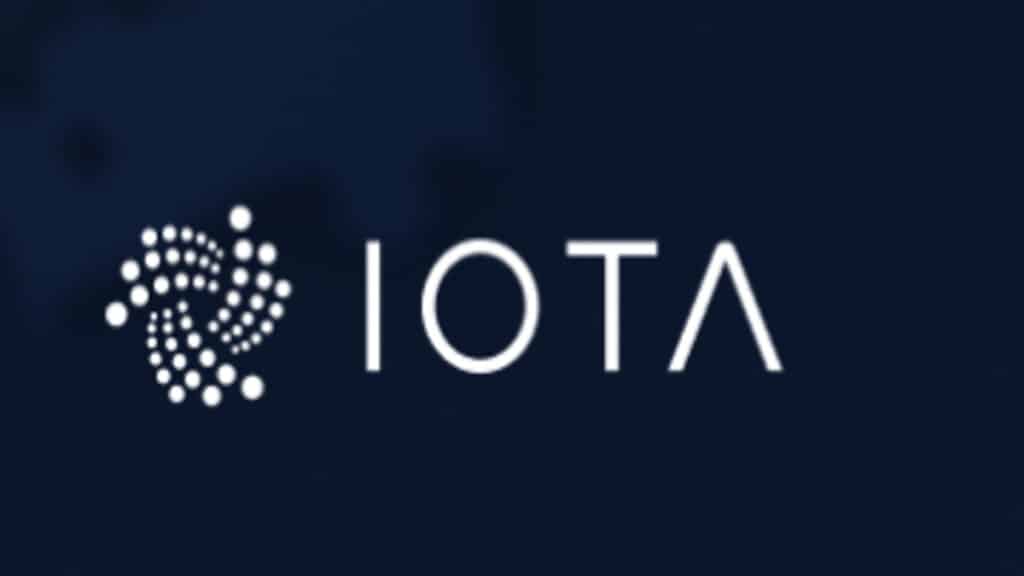IOTA has recently concluded extensive testing in phase 2A of the EU-run blockchain Pre-Commercial Procurement (PCP), and it has been selected. The IOTA foundation would now be expected to develop and test an advanced ledger solution on a greater scale. When crafted perfectly according to the desired specifications, it could harness the ability to deliver blockchain services throughout Europe seamlessly. Additionally, the main aim of the PCP is to actively test and analyze novel blockchain technologies. Another objective is to identify if these technologies could be used in the future.
The technologies might be actively used soon to enhance network capabilities and also use cases of the ESBI. The EBSI would, later on, play a helping role in the seamless flow of verified information between institutions, enterprises, and many more. The ESBI was established back in 2019 to develop a distributed ledger system across numerous European communities. Apart from that, it hopes to support numerous cross-border services between different governments, businesses, and individuals.
Another set of fundamental goals looks to enhance greater mobility, reduce the waste of resources, etc. These include enforcing compliance with different regulations as well as encouraging the growth of numerous tech hubs. As a result of the actions of the ESBI, information would be transmitted throughout Europe swiftly.

The Successful Phase 2A by the IOTA Foundation
According to the assessment by the European Commission, IOTA was successful in implementing tasks for ESBI. Some of the tasks IOTA diligently engaged in included prototype development as well as lab testing. For the last 6 months, the foundation led successful prototype versions of two use cases. These cases include digital passports for digital waste recycling and electric vehicle batteries. In addition, the assessment also highlighted the scalability, sustainability, security, etc of IOTA. With everything being set aside, the foundation would now proceed to Phase 2B.
Phase 2B mainly includes final solution development and active field assessment. In this phase, the foundation hopes to complete field testing of the IOTA Stardust solution including other contracts. In addition, extending the cases used in Phase 2A would also be made possible. The Chairman of the IOTA foundation, Dominik Schiener, stated that the technology used by the firm is similar to that of the ESBI. This is the reason why the process seemed that simple.










